The past 12 months in the drone industry were marked by technological advances, regulatory changes, and expanded adoption of uncrewed systems. The year saw innovations in the use of drones for large cargo delivery, mining, agriculture, public safety, and more, as well as an increased focus on training the next generation drone professionals.
Throughout 2023, in countries around the world, more and more businesses, government officials, and citizens looked to uncrewed aerial systems to increase efficiency, keep people and property safe, and provide a range of broad, societal benefits. These trends are sure to continue in 2024.
“2023 saw the UAS industry confidently emerge out of the early adopter phase. The industry has now established strong technological foundations in drone functionality, ground stations, communications for BVLOS, and payload sensors. 2023 has built on advances in AI with technology breakthroughs delivering full autonomy,” said Martin Cookson, Cambridge Consultants, Director of Digital Service Innovation. “We’re seeing ambitious, innovative applications for UAS in infrastructure inspection, border control, agri-tech, and defense and security. Additionally, game changing plans for national air traffic management infrastructure are set to reshape the landscape, from UK NATS OpenAir to EU initiatives under U-space. All in all, it’s clear that the industry is set for unprecedented growth in 2024.”
Here is a look back at some of the top commercial drone stories of 2023:
 Regulations and policy: In the US, Michael Whitaker was confirmed as the new head of the Federal Aviation Administration (FAA)—a move that was widely praised by drone business leaders and industry advocates. Also, the FAA vowed to work more closely with private industry to facilitate BVLOS waivers and make policy changes to drive the industry forward. In other news, the implementation of Remote ID for uncrewed aircraft in the US was pushed from September 2023 into March 2024, and changes in aircraft certification by the world’s largest aviation regulatory bodies could be pivotal for the integration UAV and AAM into the airspace.
Regulations and policy: In the US, Michael Whitaker was confirmed as the new head of the Federal Aviation Administration (FAA)—a move that was widely praised by drone business leaders and industry advocates. Also, the FAA vowed to work more closely with private industry to facilitate BVLOS waivers and make policy changes to drive the industry forward. In other news, the implementation of Remote ID for uncrewed aircraft in the US was pushed from September 2023 into March 2024, and changes in aircraft certification by the world’s largest aviation regulatory bodies could be pivotal for the integration UAV and AAM into the airspace.
- Commercial UAV Expo Keynote: The Confluence of Technology, People, and Regulations
- Senate Confirms Mike Whitaker to Lead the FAA
- The Four Reasons the FAA Extended the Remote ID Enforcement Deadline
- Aircraft Certifications and the Integration of Crewed and Uncrewed Aviation
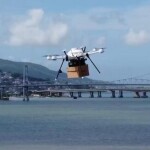 Drone Delivery: The drone delivery sector continued to grow worldwide with companies such as Speedbird, ASCL, Drone Delivery Canada, Manna, Zipline, and Wing all making major announcements. Increased consumer demand, regulatory changes, and the continued growth of the heavy lift, large cargo sector are some of the reasons behind this continued growth
Drone Delivery: The drone delivery sector continued to grow worldwide with companies such as Speedbird, ASCL, Drone Delivery Canada, Manna, Zipline, and Wing all making major announcements. Increased consumer demand, regulatory changes, and the continued growth of the heavy lift, large cargo sector are some of the reasons behind this continued growth
- Will 2023 Prove to be the Pivotal Year for Drone Delivery?
- What’s Happening With Drone Delivery?
- The Leading Drone Service Companies in 2023
- Japan’s ACSL Launches into the US Drone Market
- Faster, Greener, Cheaper, Quieter, and Safer: Manna Drone Delivery and the Reality of Drone Deliveries in Ireland
- Canadian Government/Drone Delivery Canada Contract Points to Increased Use of Heavy-Lift Drones
- Wing Delivery Network: The Breakfast That Came From Heaven
- Zipline’s P2: A “Next Generation” Home Delivery Platform
- Speedbird Aero Lands in the US, Intent to Lead the Drone Delivery Market
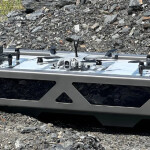 Engines and propulsion: As the commercial drone industry expands, the need for more powerful, efficient, and sustainable power sources also grows. This past year saw a number of advances in drone engines and propulsion systems, including hybrid approaches and those using hydrogen and electricity.
Engines and propulsion: As the commercial drone industry expands, the need for more powerful, efficient, and sustainable power sources also grows. This past year saw a number of advances in drone engines and propulsion systems, including hybrid approaches and those using hydrogen and electricity.
- Exploring the opportunities for hydrogen in the drone market with HYSKY Society
- Honeywell committed to laying the groundwork for the certification path of AAM aircraft and ecosystems
- Hydrogen power for delivery drones: Wingcopter and ZAL GmbH start joint development
- Parallel Flight Technologies: Is Purely Electric the Right Answer for the Uncrewed Aviation Industry?
- Developing Tailored Drone-Specific Propulsion Systems With maxon Group in Obwalden
 Professional opportunities and training: Who will work in the ever-growing field of uncrewed aerial systems? Who will train the pilots, data analysts, and support staff of the future? And how will our industry cope with its current shortage of qualified employees? This past year, many educational institutions, including high schools, universities, community colleges, and private training firms, stepped up to address crucial issues around professional development and hiring.
Professional opportunities and training: Who will work in the ever-growing field of uncrewed aerial systems? Who will train the pilots, data analysts, and support staff of the future? And how will our industry cope with its current shortage of qualified employees? This past year, many educational institutions, including high schools, universities, community colleges, and private training firms, stepped up to address crucial issues around professional development and hiring.
- Navigating the global UAV market’s skills shortage
- 5 Steps to Drone Pilot Success
- Non-Pilot Job Opportunities in the Commercial Drone Industry
- So, You Want to Be a Commercial Drone Pilot?
- Drone-Focused Educational Programs Continue to Grow
- Building Tomorrow's Drone Workforce: Universities Tackle Key Challenges
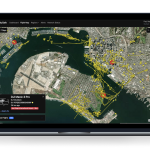 Counter-UAS: Threats posed by unauthorized and “rogue” drones near airports, stadiums, and vulnerable areas were a major focus for government agencies and private entities in 2023. In the US, the FAA created a new detection and risk mitigation rulemaking committee and announced important partnerships to test counter-UAS systems and keep critical areas safe. Elsewhere, firms such as D-Fend Solutions introduced innovative counter drone solutions.
Counter-UAS: Threats posed by unauthorized and “rogue” drones near airports, stadiums, and vulnerable areas were a major focus for government agencies and private entities in 2023. In the US, the FAA created a new detection and risk mitigation rulemaking committee and announced important partnerships to test counter-UAS systems and keep critical areas safe. Elsewhere, firms such as D-Fend Solutions introduced innovative counter drone solutions.


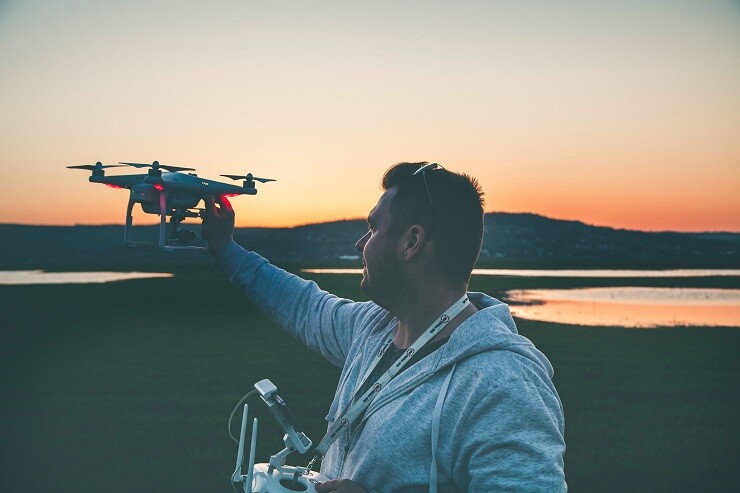


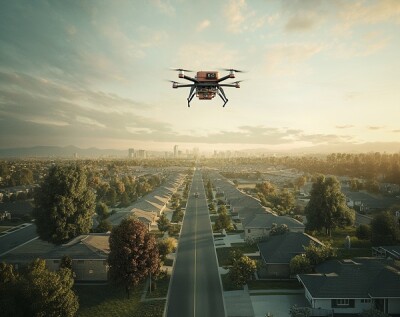










Comments